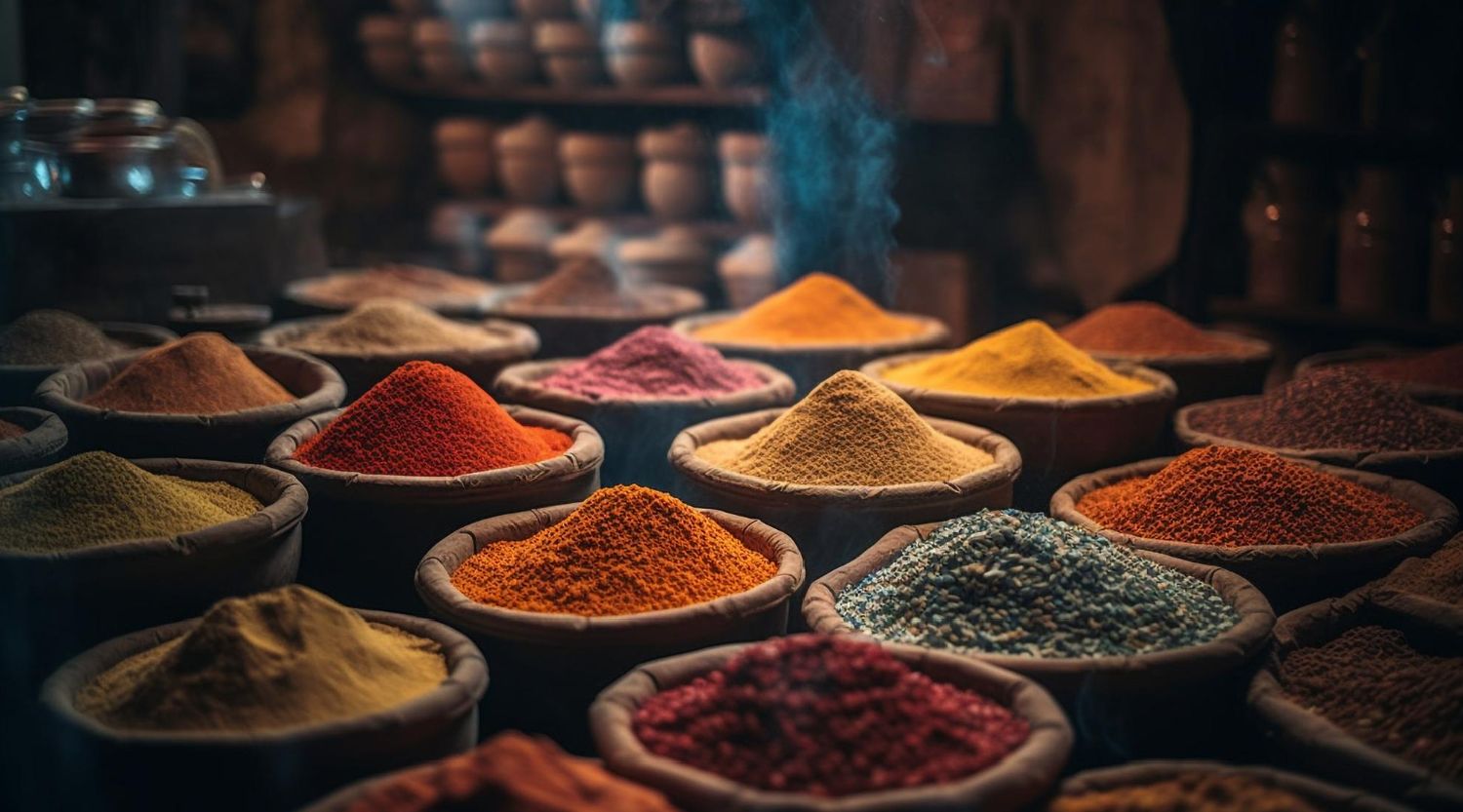
Golden Spices: How to distinguish a good quality spice
How to distinguish a good quality spice range
Spices are the soul of culinary endeavours, infusing dishes with flavour, aroma, and character. However, not all spices are created equal. The difference between good quality and poor-quality spices can significantly impact the outcome of your culinary creations. Understanding how to distinguish between them is paramount to your success in the culinary industry.
Let’s unpack a few of the key indicators
Appearance: One of the first indicators of spice quality is its appearance. Good quality spices typically have vibrant colours, indicative of freshness and potency. For instance, bright red paprika, deep yellow turmeric, or lush green parsley are all signs of high-quality spices. On the contrary, poor-quality spices may appear dull, faded, or discoloured. Mold, moisture, or signs of insect infestation are also red flags that signal subpar quality.
Aroma: The aroma of spices can unveil a wealth of information about their quality. High-quality spices emit a robust, aromatic scent that instantly stimulates the senses. For example, freshly ground cinnamon should exude a warm, sweet fragrance, while top-notch saffron releases a complex aroma with floral and earthy notes. Conversely, inferior spices may lack fragrance altogether or emit musty, stale odours, indicating age or improper storage conditions.
Texture: Texture is another crucial aspect of spice quality. Good quality spices boast a consistent texture, whether ground, whole, or dried. When rubbed between your fingers, they should feel smooth and free flowing, with no clumps or grittiness. Conversely, poor quality spices may feel gritty, clumpy, or even damp, suggesting contamination or degradation.
Taste: Ultimately, the true test of spice quality lies in its taste. High-quality spices offer intense, authentic flavours that elevate dishes to new heights. For example, premium-grade black pepper delivers a pungent, spicy kick, while top-quality cumin offers a rich, nutty taste with hints of citrus. On the other hand, inferior spices may taste bland, stale, or even bitter, indicating oxidation or adulteration with fillers.
Purity: Purity is paramount when it comes to spice quality. Good quality spices should be free from contaminants, additives, or artificial flavours. To ensure purity, opt for reputable brands that prioritise quality control and transparency in their sourcing and production processes.
Storage: Proper storage is essential for preserving spice quality over time. Store spices in airtight containers away from heat, light, and moisture, as exposure to these elements can degrade flavour and potency. Additionally, consider grinding whole spices as needed to retain maximum freshness.
Why good spice quality does matter?
In the realm of culinary arts, the quality of spices can make or break a dish. By mastering the art of distinguishing good quality spices from poor quality counterparts, you can elevate your cooking to new heights of flavour and sophistication. From vibrant appearance and aromatic fragrance to smooth texture and authentic taste, top-notch spices are unmistakable. So, the next time you embark on a culinary adventure, choose your spices wisely and let their superior quality shine through in every delectable bite.
Golden Spices, quality herbs and spices
At Golden Spices it is our business to supply high quality products to all our customers, and yours. We strive to add flavour to your food and meat products included. If you want to know more about our quality range of products, feel free to get in touch with us.
If you would like to know more about the range of herbs, spices, and marinades that we have to offer for resale, get in touch with us at info@goldenspices.co.za
If you found this blog useful and would like to receive future blogs, please subscribe now. www.goldenspices.co.za

